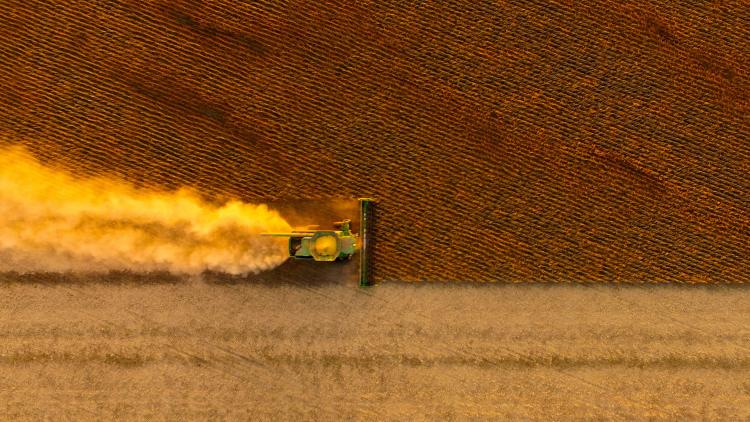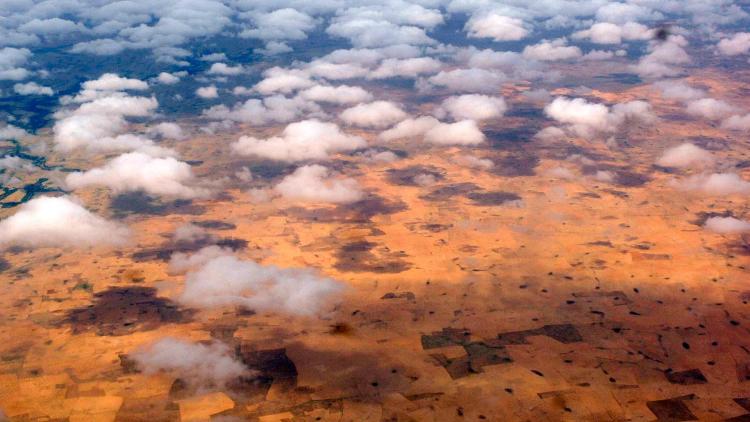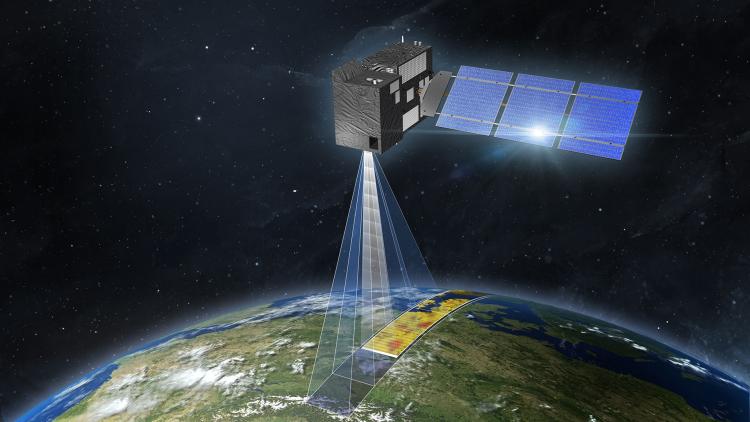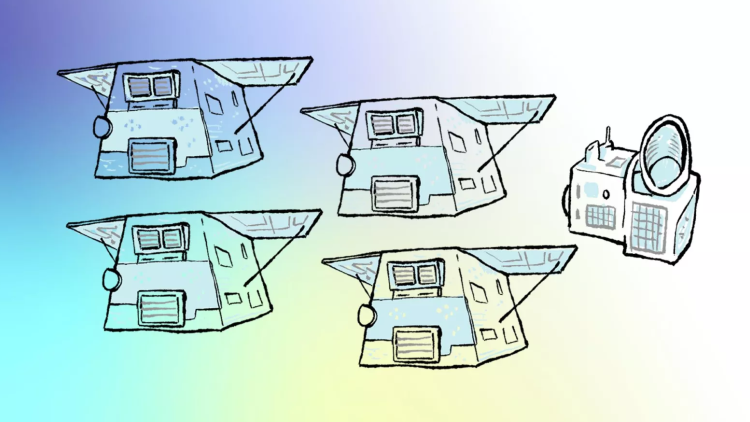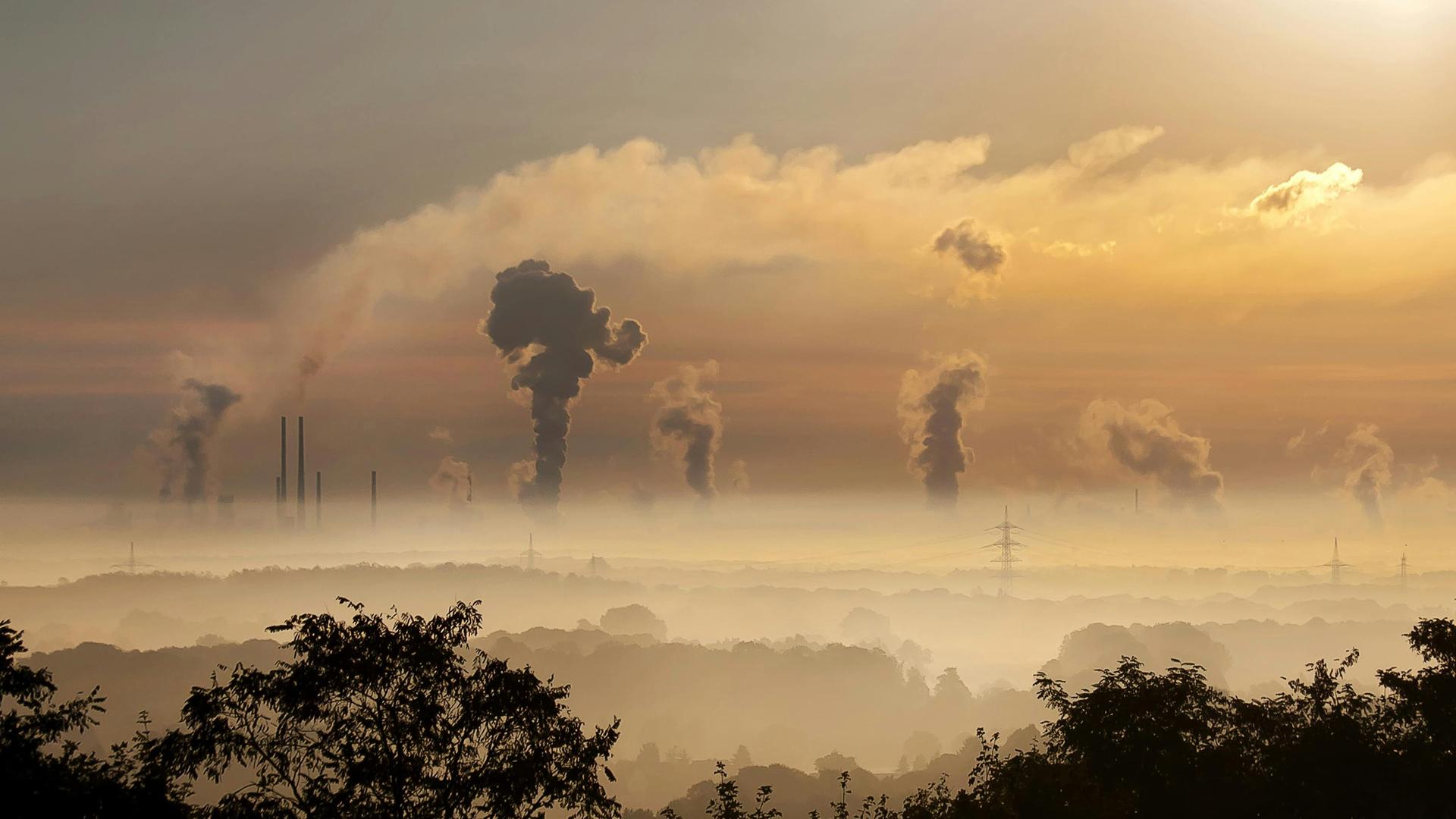
Microcarb launch heralds new era of carbon monitoring in Europe
Microcarb – a forerunner to the Copernicus CO2M mission – is successfully launched from Europe’s spaceport in Kourou


Microcarb, a new carbon dioxide-tracking satellite has taken to the skies as the world races to cut emissions in the fight against the climate crisis.
Why is Microcarb important?
Rüdiger Lang: 2024 was the hottest year ever recorded, both globally and across Europe – a stark reminder of the urgency of tackling the climate crisis driven by human greenhouse gas emissions. While we know how much carbon dioxide is accumulating in the atmosphere overall, we still lack detailed information about exactly where emissions come from.
The Paris Agreement created momentum to invest in better ways to monitor emissions, and as the first dedicated European CO2 mission, Microcarb is a vital part of Europe’s efforts to track greenhouse gases, hold emitters accountable, and guide climate action. To build a complete picture, we need to separate natural flows of carbon dioxide from those caused by humans and identify sources that remain underrepresented or undetected. If countries can pinpoint emissions more accurately, they can implement targeted policies and, crucially, see whether those measures are working.
Measuring emissions this precisely is extremely challenging, but Microcarb’s sensors achieve accuracy close to 99.98%, making it possible to detect and distinguish both natural and human contributions. Microcarb will quantify how much carbon dioxide is released from both natural and human-made sources and how CO2 moves between the Earth surface, the oceans, the forests, and the atmosphere. The satellite can also zoom in to capture high-resolution snapshots of specific targets such as cities or farming regions.
There is a real need for consistent, reliable data to fill gaps in our understanding, and Microcarb will play an important role in that effort, support more effective climate policies, as well as helping to lay the foundation for larger systems like the Copernicus CO2M constellation.
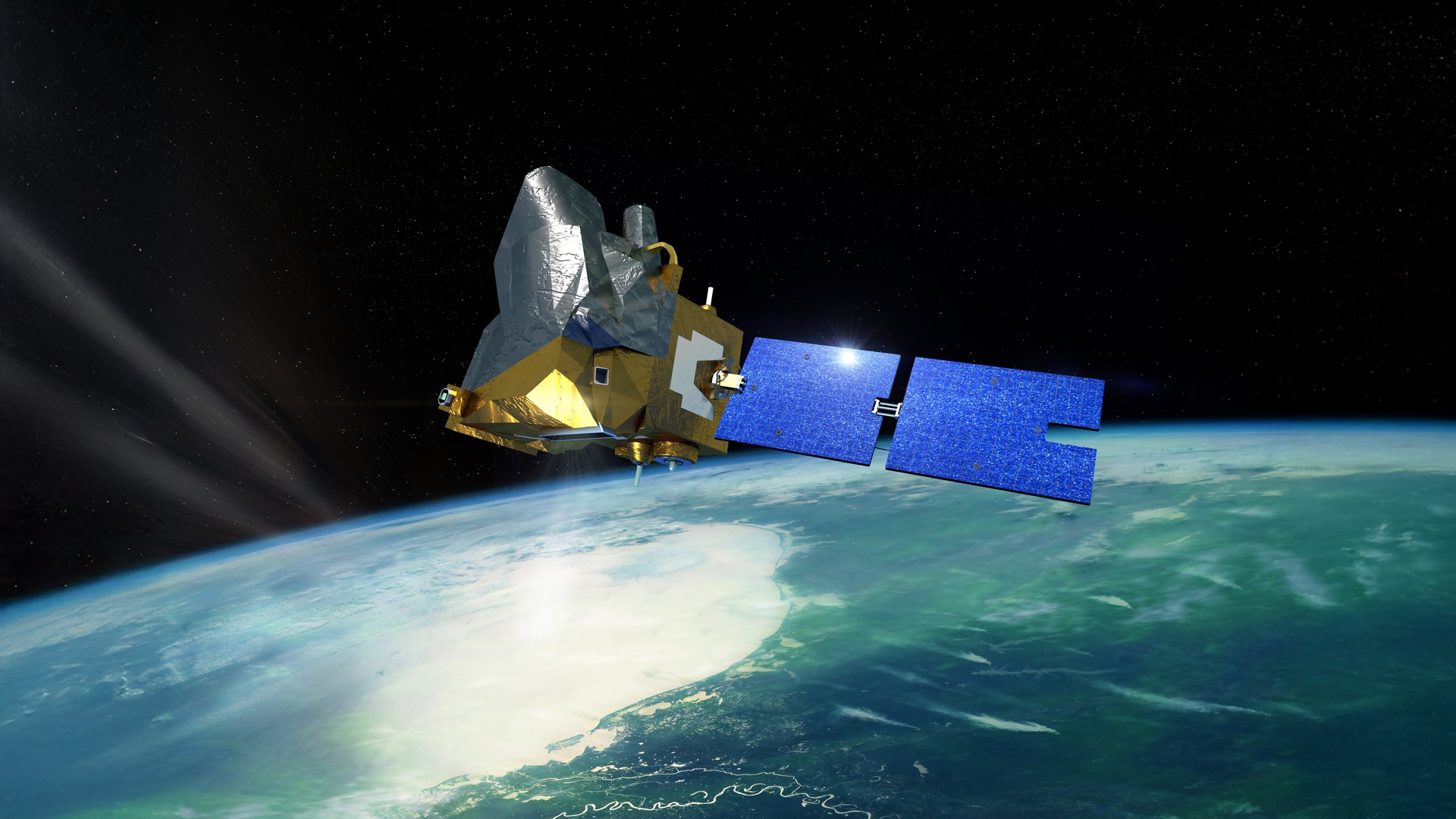
© CNES/ill./SATTLER Oliver, 2021
What are the first priorities after launch?
Óscar Pérez Navarro: Microcarb measures carbon dioxide concentrations, but translating those measurements into emissions estimates requires inversing the concentrations and tracing them backwards to the sources of the emissions. This requires further processing and modelling, and it is the processing part where EUMETSAT comes in: preparing the data for use in forecasting and climate models, where experts can get an actual number of the emission sources themselves and therefore understand much better where carbon dioxide emissions are coming from.
EUMETSAT’s role is to ensure that Microcarb data are processed, stored, and delivered to a high standard so scientists, forecasters, and decision makers can rely on them. During the first six months, our focus will be calibration and validation – storing all raw data reliably and collecting everything needed for processing. In this phase, the CNES team, who led Microcarb’s development, will check how the algorithms perform and refine them if needed. Once complete, we will move to operational processing and generating data products. This involves applying corrections, calculating vertical column concentrations of greenhouse gases, and compiling results into weekly or monthly summaries.
When everything is working as planned, EUMETSAT will focus on storing and distributing the products. The user community – including Copernicus services and national meteorological institutes – will be able to access Microcarb data through the EUMETSAT Data Store and combine them with other observations and models to create emissions estimates supporting research and policymaking.

What have been the most rewarding moments working on Microcarb so far?
Óscar Pérez Navarro: One of the most exciting aspects is that we have used our participation in Microcarb to rethink how EUMETSAT can be even more cost-efficient in implementing missions. One of the most effective ways to do this is by reusing existing assets wherever possible and, with Microcarb, we took this further by developing an approach where the entire data processing system could be reused in future missions. The lessons learned – both challenges and solutions – are shared within EUMETSAT and with our partners, and they are invaluable for strengthening future programmes like Copernicus CO2M.
Another aspect I find inspiring is the mission itself. This is the first time Europe is making a dedicated contribution to a space-based observation system to monitor carbon dioxide, which is enormously important for climate action. EUMETSAT’s participation in Microcarb was a brilliant vision by Alain Ratier, our former Director-General, who saw the opportunity to contribute early, support the CNES-led mission, and build expertise based on our experience with other climate-relevant programmes such as Meteosat and Metop. With this mission, we are laying a cornerstone for Europe’s contribution to climate monitoring and seeing how our data products will help build this understanding is incredibly rewarding. Everyone on the team is very proud to be part of this work.
What comes next?
Rüdiger Lang: Microcarb is a major step forward in carbon monitoring and gives us valuable experience ahead of the Copernicus CO2M constellation. Missions like Microcarb, Japan’s Greenhouse Gases Observing Satellite, and NASA’s Orbiting Carbon Observatory-2, all play a critical role in measuring greenhouse gases from space. But these missions are still limited in how much data they can provide and how quickly they can deliver continuous global coverage of the sources and fluxes of greenhouse gas emissions.
That is why the European Union invested in CO2M, which will achieve near-global coverage in just a few days through a constellation of three satellites carrying the Greenhouse Gases monitoring instrument and additional advanced instrumentation to improve the accuracy of the measurements. Unlike other missions, where each instrument tends to have its own processing chain, CO2M’s instruments will work together as a single system to deliver observations at the required high accuracy. This will combine wide coverage with the spatial resolution needed to pinpoint emission sources.
Once operational, CO2M will be the most significant contributor to greenhouse gas monitoring from space. What excites me most, as a scientist, is how ambitious these projects are. We have never built anything with such demanding precision requirements as Microcarb and CO2M before. If everything goes as planned, the satellites will set new standards for monitoring greenhouse gas emissions from space.
Author:
Adam Gristwood
